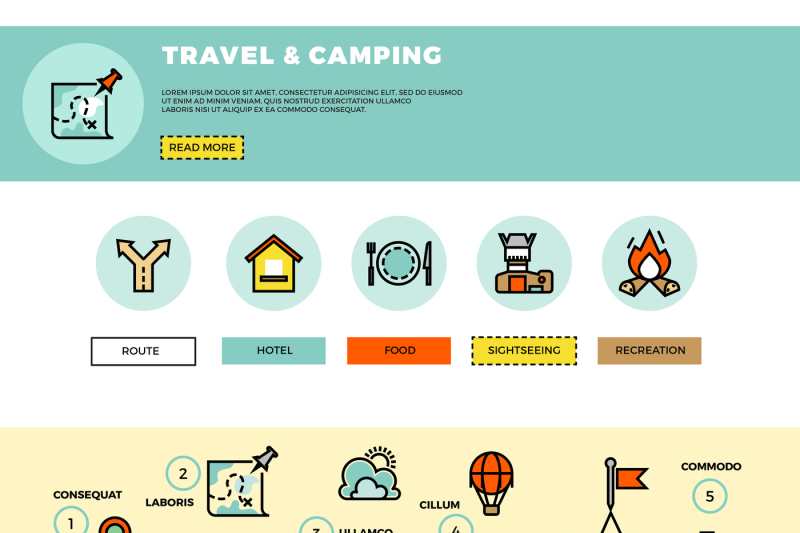Bell outdoors tents are becoming progressively prominent as functional, fashionable shelters for camping and glamping. But what's the history behind this enduring design?
What is Boutique Camping?
Henry Hopkins Sibley patented the single-pole cone-shaped outdoor tents that we understand as a bell tent. However, he abandoned to the Confederacy and never received his aristocracies.
Eventually, someone else included brief walls to the cone cover and developed what we now called a bell camping tent.
Origins
The appeal of bell camping tents is growing, and they're currently a staple at camping events and as elegant backyard hideaways. Their roomy insides offer a flexible home from home setting that's optimal for families and teams of buddies, while the round style assists with security in strong winds.
The style of the modern bell outdoor tents can be traced back to army camping tents used by European militaries during the Crimean Battle in 1853-1856. Then, in America, a soldier called Henry Hopkins Sibley patented a comparable structure that attracted inspiration from American Tipis.
Both layouts are still in use today. Nonetheless, Sibley tents vary from their more current relatives in that they have side wall surfaces and an increased bigger entryway. Sibley outdoors tents additionally count on a solitary central pole for support which makes them simpler to establish yet restricts setup alternatives.
Function
Bell camping tents' distinct shape and spacious interiors make them the ideal selection for a wide variety of outdoor activities. Whether you're hosting a backyard camping party, glamping at a remote all-natural hideaway or going on an epic fantasy-inspired adventure, the versatility of these outdoors tents makes sure that your experience will be comfortable and stylish.
The bell-shaped outdoor tents was initially patented in 1856 by Henry Hopkins Sibley, who had made the style after observing Native American tipi tents. Nonetheless, he surrendered from the US Army at the episode of the Civil War, forfeiting his rights to future aristocracies.
Ever since, the design has actually ended up being a staple of numerous glamping experiences. These luxurious outdoors tents commonly include plush bed linens and en-suite shower rooms, giving campers the possibility to take pleasure in nature without compromising comfort.
Layout
In the contemporary, bell outdoors tents have experienced a resurgence in appeal, as individuals seek a more immersive exterior experience. They are utilized in a variety of setups, including outdoor camping, glamping, and events. Their unique form, spacious insides, and relatively very easy assembly make them a preferred choice for those looking for a stylish, historical style to their exterior experiences.
The unique form of a bell camping tent develops high ceilings and sufficient clearance, making it comfortable to stand in and move around. On top of that, the center post is not placed near the entry of the tent, enabling more privacy and area inside the shelter.
The bell camping tent style traces back to an American soldier named Henry Hopkins Sibley, who was influenced by Native American tipi camping tents when establishing his version of the bell camping tent in 1856. His style was a considerable enhancement over standard army camping tents, which were challenging to carry because of their challenging building.
Materials
In contemporary times, Bell Tents are crafted from premium materials that are designed for long-lasting resilience. This is why they are a popular choice amongst recreational campers, festival-goers, and glampers alike.
In the 19th century, an US Military police officer called Henry Hopkins Sibley adjusted conventional tents into what is currently called the modern-day bell camping tent. He based his style on Native American Tipi structures, including brief walls to the central post structure that made it a lot more steady.
Today, tent heater polycotton canvas is a typical material made use of in the building and construction of bell camping tents. This blend of cotton and polyester offers a wide range of advantages, including breathability, superior weather resistance, and easier maintenance than pure cotton canvas. This material is also durable and abrasion-resistant. It is thicker than the majority of nylon textiles, nevertheless, which can make it heavy and extra expensive than normal tents.
Contemporary
In modern, the popularity of Bell Tents has actually blown up thanks to glamping sites and events providing these roomy tents for pairs, groups and families to appreciate. The aesthetic appeal and longevity of these round camping tents are appealing to several campers.
Whether it be rain or wind, these tents hold their very own against the components. Normally, they're made with canvas that is treated to shield against moisture, mold and UV rays.
Are Bell tents any good?
It isn't clear exactly when these outdoors tents were created, yet it's commonly recognized that they're a variation of a Sibley outdoor tents - named after Henry Hopkins Sibley, that adapted the style of the American Indian tipi. It is thought that whoever included brief walls to Sibley's cone canopy was accountable for the creation of the bell camping tent as we understand it today.
